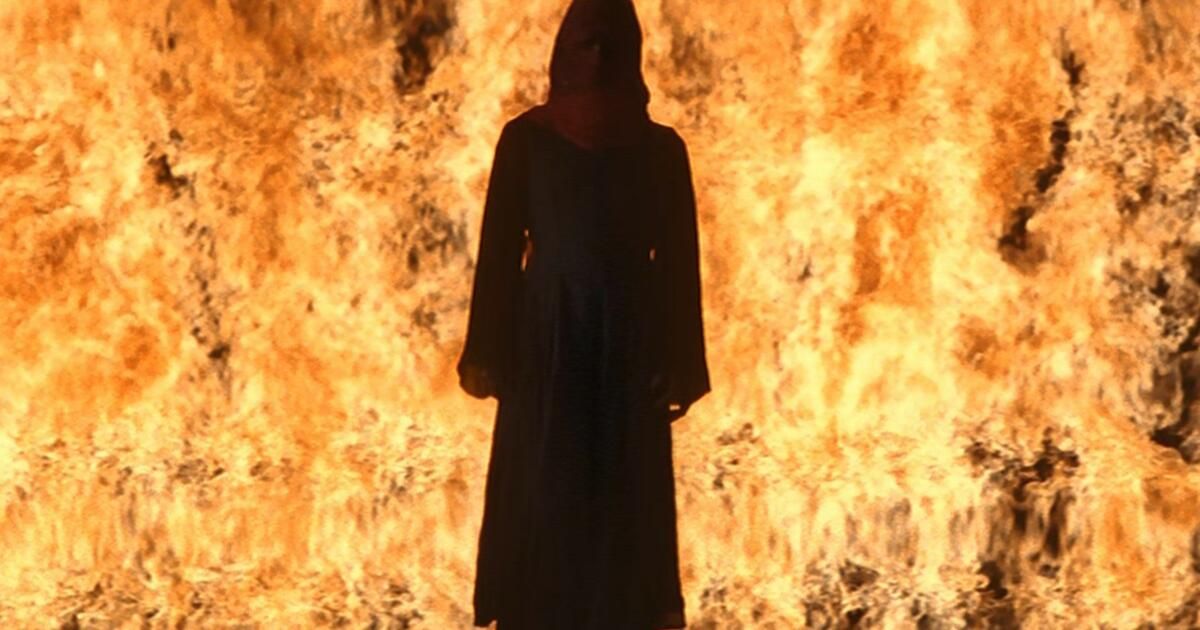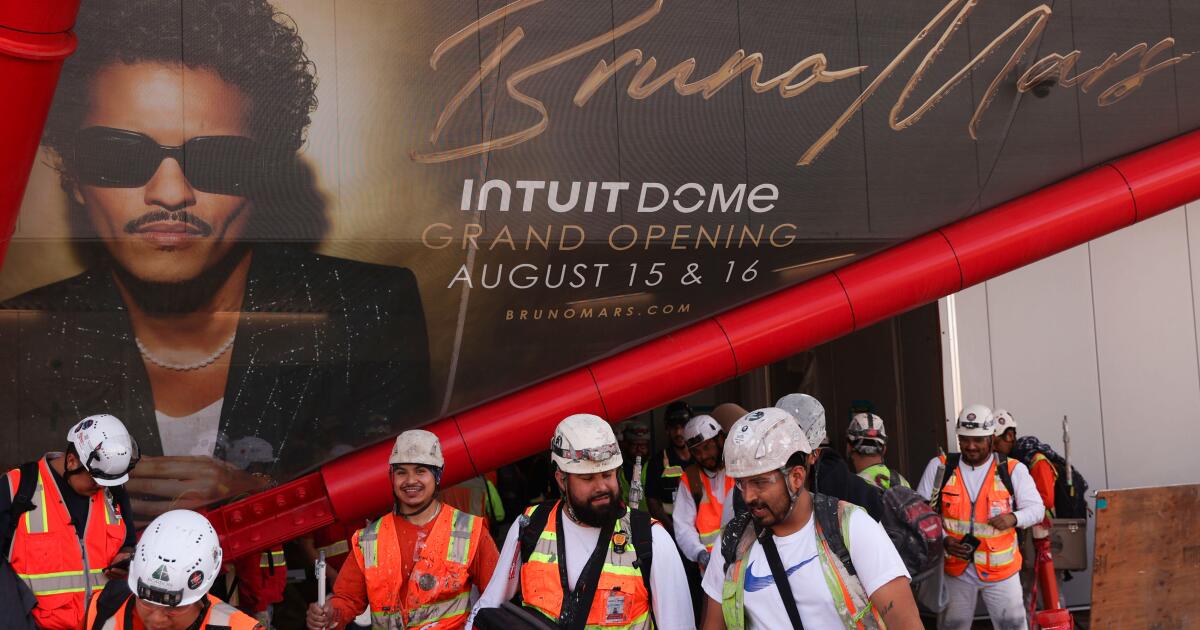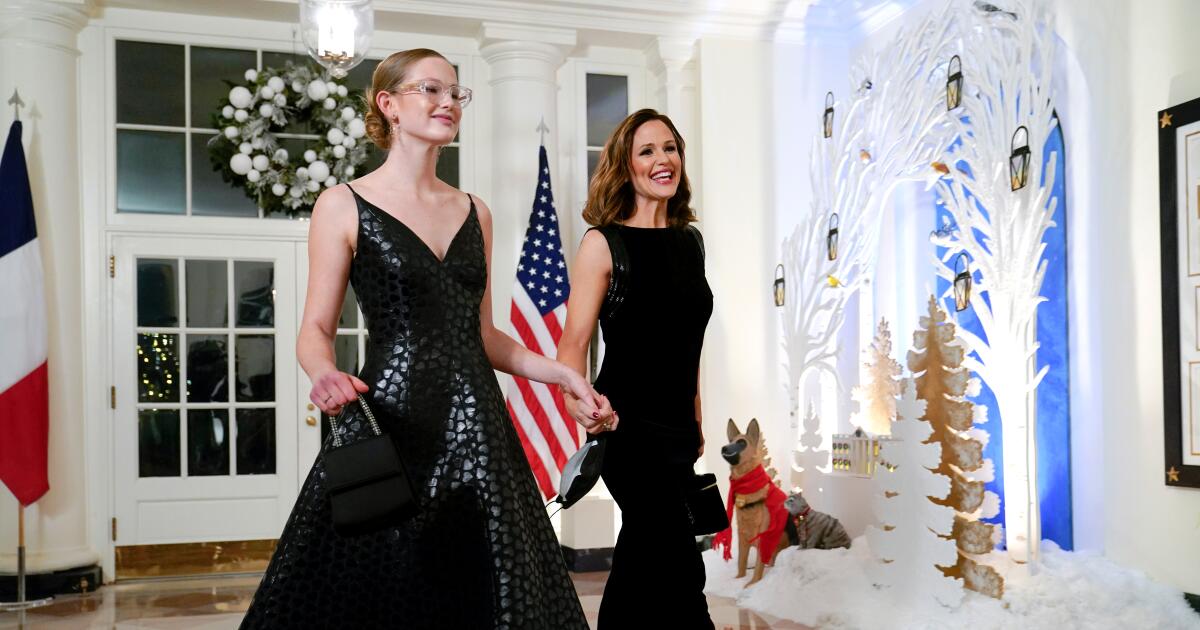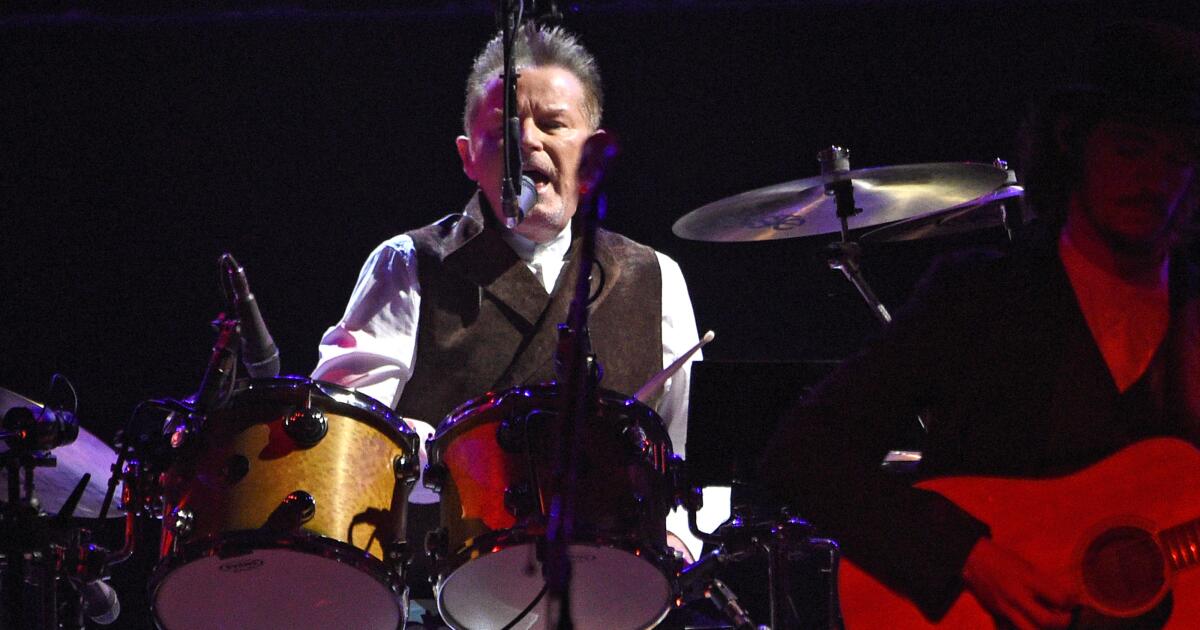On a stormy, humid summer day in 2003, as I approached the Oberhausen Gasometer, which the Third Reich used to store fuel, I expected the huge cylindrical structure to be the most dismal building in Germany. I entered only because Bill Viola’s epic “Five Angels for the Millennium” was playing on five astonishing screens installed at a height of 60 metres.
Thanks to their size and the beauty of the underwater photography and lighting, the “angels,” filmed in a Long Beach pool, were awe-inspiring, but not enough to turn the smelly gasometer into something divine. It took Viola’s atmospheric soundscape of indeterminate voices and noises to make them miraculous. Reverb brought the giant angels to life by creating a sense of vast, limitless space. Suddenly, I could breathe again. The hideous gasometer was transformed into the most glorious of cathedrals.
Viola, who died Friday in Long Beach at age 73, may have been a video artist, but he was a sound artist first, and he remained unparalleled. His greatness was not necessarily how he used sound or even sound itself, but rather why he used sound, where he used it, and how he interacted with sound. I suspect that on some level, perhaps subconsciously, music also drove his video creation. And that creation has had a lasting effect on music.
Pioneering video artist Bill Viola.
(Kira Perov)
Viola's career began in the early 1970s, when he assisted Nam June Paik, the creator of video art as we know it today. Paik was a Korean music historian who devoted himself to the study of Schoenberg until he met John Cage in Germany in 1957 and joined the Cage-influenced Fluxus anarchist movement that later gave rise to video.
Viola next collaborated with the pianist and electronic music composer David Tudor, the most accomplished pianist of the post-World War II avant-garde and Cage’s closest collaborator in the 1950s. By the time Viola worked with Tudor, the pianist had already delved into composing using electronic sounds meant to mimic the workings of our nervous systems. I mentioned to Viola that no matter how many times Tudor explained to me what he was doing, I had no idea what he was talking about. “Nobody did,” Viola replied. And that, in part, is what made the strange sounds so compelling.
In his work, Viola followed the path of Cage and Tudor of not seeking answers, which allowed him to investigate the mysteries of life. He studied spiritual practice, particularly Buddhism, but also Christian and Islamic mysticism. He found ways to present human bodies in his videos that were absolutely realistic, but in a kind of suspended state, with nothing present or present.
They can rise or fall or have a barely perceptible movement. You look and look and look. Looking becomes meditation. In the end, you realize that you are searching for what you cannot see. It is the spirit that you feel. For that to happen, Viola needed to have faith in indeterminacy, which is the basis of what made Tudor so fascinating.
But Viola also proved to be a compelling composer in his own right. “The Talking Drum” (his piece for bass drum, temple gong, pre-recorded sound and electronics, performed in a dry swimming pool) explores the sonic implications of a heartbeat with thrilling results.
Sound is perhaps video’s biggest obstacle, though. Museum and gallery exhibitions exist for viewing, not listening. For me, Viola’s most memorable achievement came the year after Oberhausen at the Walt Disney Concert Hall with “The Tristan Project” in 2004. It was a massive undertaking, a performance of Wagner’s opera “Tristan und Isolde” in the then-new Frank Gehry Hall, with the Los Angeles Philharmonic conducted by Esa-Pekka Salonen, staged by Peter Sellars, and video of Viola on a newly developed, huge high-definition screen.
Viola’s images showed acts of purification through fire, water and air that did not follow the score or project the narrative. Once again, Viola was seeking the spirit, the unspoken and the unknown. Human drama was taking place on stage. Wagner’s score revealed the enormity of emotions that filled the senses. The video, operating in a parallel universe, prepared the soul for the transcendence that Wagner would offer. In the 139 years of productions of the most influential opera in history, no one had ever done this.
It was not Viola's work alone or out of nowhere. By 2004, Viola had become a quintessential Los Angeles artist. He was living in Long Beach and found collaborators in Sellars, who curated Viola exhibitions and brought the artist to Salonen's attention.
In 1999, Sellars organized a Los Angeles Philharmonic concert at the Hollywood Bowl, in which Salonen conducted Edgard Varèse’s “Déserts,” with a video by Viola. Scenes of glowing desert and fire may not be so welcome in our changing climate, but the transformative power of Viola’s space and the live soundtrack of “Deserts” took us there.
Although “The Tristan Project” was turned into a gripping, fully staged production at the Paris Opera and elsewhere, and the semi-staged concert version at Disney has been presented at other venues, the effect in Gehry’s space, where it has returned twice, cannot be copied. he “Tristan” is a work that stops time in our time and place. No other operatic production can compare.
The monumental video was shot on a soundstage and required a crew of 30 people for the water and fire special effects. I attended an afternoon of filming. There was a lot of activity and confusion. Viola was lazy and gave few instructions. That was left to his wife and crucial collaborator, Kira Petrov, who made virtually everything Viola did possible.
Watching Viola, I had the distinct impression that she was not so much looking as listening, lost in her own imagination, seeking the invisible by observing her surroundings. I asked her if that was true. “Yes,” she answered absentmindedly, not looking at me or the stage, but at Petrov.
Suddenly, there was a loud splash on the stage. Someone shouted, “Did you see that?”
Viola turned to me and asked excitedly, “Did you do it?” hear That's it? -and he went to look for his wife.












